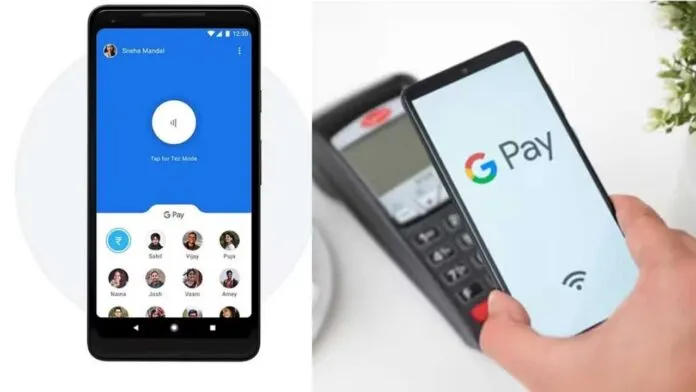In an era where ease of use is paramount, the GPay app has revolutionized our monetary dealings. The need to search for cash or swipe cards is now obsolete; GPay has woven itself effortlessly into the fabric of today’s financial activities, providing a mix of straightforwardness, safety, and cutting-edge technology.
The Genesis of GPay: A Brief Overview
GPay, originally called Google Pay, was developed by Google as an all-in-one payment system, combining the features of Android Pay and Google Wallet. Introduced in 2018, it aimed to simplify person-to-person payments, online shopping, and retail transactions. Over the years, it has transformed into a full-fledged financial platform, addressing a wide range of user requirements.
Ultimate Guide to Anti Spyware Apps: Scan, Detect, and Secure
User Interface: Simplicity Meets Functionality
One of the highlights of GPay is its easy-to-use interface. The app embraces a simple design, allowing even newcomers to use it with ease. The main screen offers immediate access to key functions such as transferring funds, viewing account balances, and discovering deals, making it a comprehensive tool for daily financial tasks.
Seamless Integration with Google Ecosystem
GPay becomes even more useful when combined with other Google services. Users have the option to connect their Gmail accounts to send or request money straight from their email. Furthermore, the app synchronizes with Google Photos, making it easy to save digital receipts and transaction records. This integration provides a seamless experience across Google’s range of applications.
Security: A Top Priority
Safety is central to GPay’s architecture. The app uses several protective measures, including tokenization that swaps sensitive card information with unique tokens. Biometric verification, like facial or fingerprint recognition, adds another layer of security. Additionally, GPay keeps an eye on transactions as they happen, identifying any unusual behavior to thwart fraud.
Peer-to-Peer Payments: Simplifying Money Transfers
GPay has transformed peer-to-peer payments, making them quick and straightforward. Users can transfer money to friends or family using only a phone number or email address. Additionally, the app facilitates group payments, enabling users to divide bills or share costs with ease. This capability has made GPay particularly popular among millennials and Gen Z.
In-Store Transactions: The Future of Retail
GPay’s tap-to-pay function has revolutionized shopping. Utilizing NFC technology, customers can complete transactions by tapping their smartphones at compatible terminals. This innovation accelerates the checkout process and minimizes the reliance on physical cards, supporting the worldwide movement towards a cashless economy.
Online Shopping: A Secure Checkout Experience
For those who shop online, GPay provides a safe and hassle-free way to complete purchases. By securely holding payment details, the app removes the need to repeatedly input card information. This not only conserves time but also minimizes the chance of data theft. Numerous online retailers have adopted GPay as a favored payment choice, increasing its widespread use.
Rewards and Offers: Enhancing User Engagement
GPay transcends basic transactions by providing an array of rewards and cashback offers. Users can discover unique discounts on dining, entertainment, and shopping right in the app. These perks not only boost user involvement but also promote regular use, making GPay an essential tool for everyday activities.
Budgeting Tools: Financial Management Made Easy
GPay offers integrated budgeting tools that assist users in monitoring their expenditures and managing their finances efficiently. The app sorts transactions into various categories, giving users a clear view of their spending habits. Users can establish monthly budgets and get notifications as they near their spending limits. This functionality enables users to make well-informed financial choices and gain better control over their money.
Global Reach: Bridging Borders
Initially concentrating on the U.S. market, GPay has since broadened its scope to include countries like India, the UK, and Singapore. In each area, it offers customized features to align with local tastes, including compatibility with regional payment systems and languages. This worldwide strategy has established GPay as a flexible and inclusive payment option.
Challenges and Criticisms: Room for Improvement
Despite its numerous benefits, GPay faces its share of difficulties. Some users have encountered problems with failed or delayed transactions. Furthermore, the app’s dependence on internet access can pose a problem in regions with weak network signals. Privacy issues have also been highlighted, leading Google to constantly improve its data management methods.
The Road Ahead: Innovations on the Horizon
As technology progresses, GPay is set to unveil new features that might transform digital payments even further. Rumors suggest the addition of cryptocurrency capabilities, improved AI-based financial analysis, and more collaborations with international retailers. These advancements could strengthen GPay’s standing as a top player in the digital payment industry.

